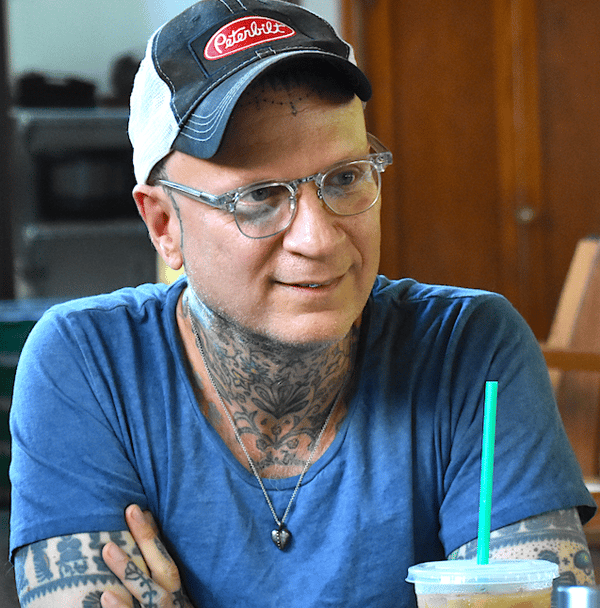Buddhist Interventions for Managing Ego States: Mindfulness and Visualization Strategies to Employ Adult Capabilities in Stressful Situations
Dharmapunx NYC
josh korda
4.8 • 886 Ratings
🗓️ 11 August 2021
⏱️ 59 minutes
🧾️ Download transcript
Summary
Transcript
Click on a timestamp to play from that location
| 0:00.0 | Our states of being or traits or dispositions, the repetitive behaviors are run by what we could call bundles of neural circuits. |
| 0:15.6 | Essentially, the brain has 86 billion neurons in it. |
| 0:33.6 | That's a lot. But even more so are the interconnections between the neurons which are afforded the synaptic connections, |
| 0:35.1 | are dense webs of dents webs of dendrotes and axons connecting remote areas of |
| 0:42.3 | areas of the brain. on the |
| 0:45.0 | signs connecting remote areas of the brain, tendrils that reach out |
| 0:46.6 | and connect with other neural tendrils |
| 0:49.2 | and sends signals back and forth across the brain and these circuits link sensory perceptions of the world around us with emotions, behaviors, even a sense of identity. |
| 1:06.4 | Put simply, there are literally biological neural circuits that switch on in the brain when we are sleeping, when we are eating, when we are walking, when we are riding a bike, when we are talking, when we are talking socially or when we're in an intimate conversation, when we're |
| 1:27.4 | angry, when we're grieving, when we're playing, when we're reading, when we're |
| 1:32.1 | everything we do, there are neurocircuits that switch on. |
| 1:40.0 | And these neural circuits govern the bulk of the activity without our conscious intervention. |
| 1:48.0 | Imagine how laborious life would be if we every action we took we had to think about it |
| 1:57.8 | while we were doing it if we had to think about every little action that went |
| 2:01.5 | into walking if it didn't become automatic to e-talk, to shower, and brush teeth, and if even talking, bringing thoughts to mind and uttering them in language that was |
| 2:18.4 | understandable with a certain grammar if all that we had to actually think about all of the actions that |
| 2:27.8 | went into it life would be completely unsustainable so the brain has circuits that allow us to do so much automatically. |
| 2:39.0 | Many of these traits are wired during specific developmental stages of life. |
| 2:47.0 | For example, very early on in life, the brain, the right hemisphere, expects to learn about primary attachments, what we can expect from people that are essentially our core caregivers or attachment figures. |
| 3:04.0 | In fact, that literally happens starting around the age of 12 months to two years of life. |
| 3:12.0 | And at that point, the right hemisphere builds its circuits that govern its expectations on who we will depend on, who to attach to, what others think about us, whether we are inherently |
| 3:26.4 | lovable or not. |
... |
Please login to see the full transcript.
Disclaimer: The podcast and artwork embedded on this page are from josh korda, and are the property of its owner and not affiliated with or endorsed by Tapesearch.
Generated transcripts are the property of josh korda and are distributed freely under the Fair Use doctrine. Transcripts generated by Tapesearch are not guaranteed to be accurate.
Copyright © Tapesearch 2025.

